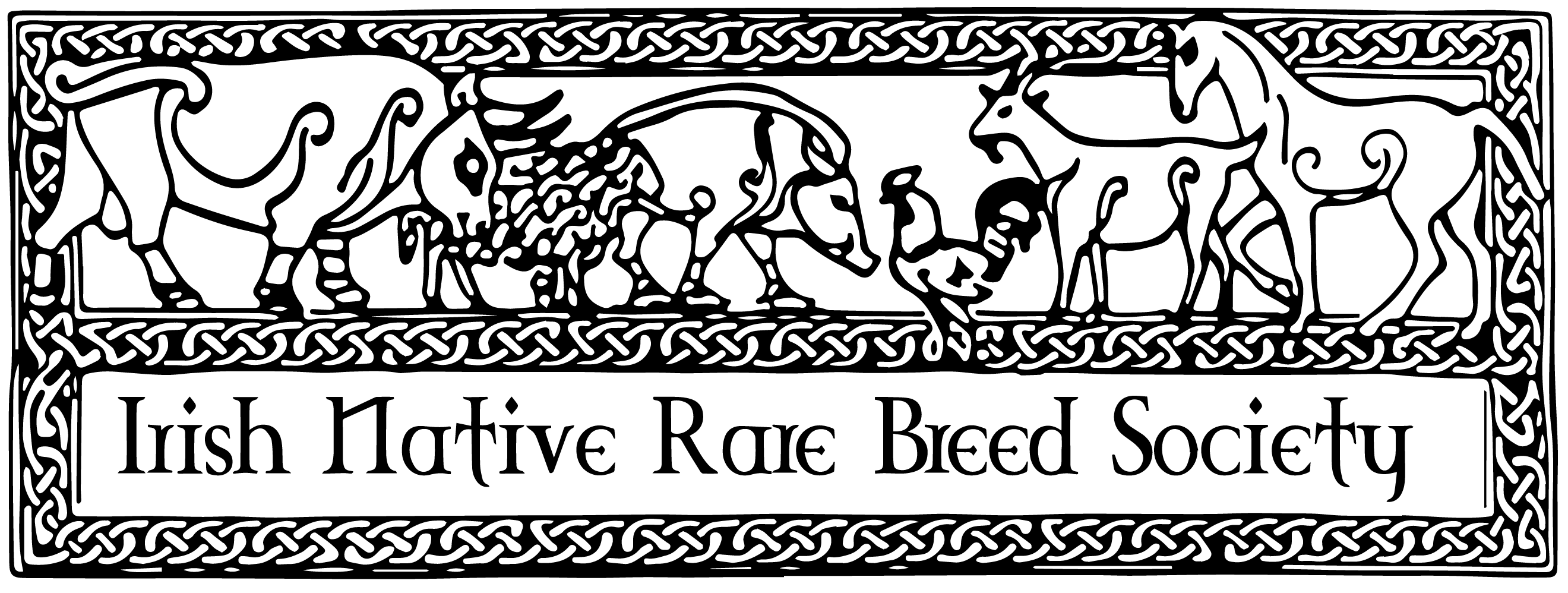Conservation Grazing
Conservation Grazing
Conservation grazing is a tool that can be used to help achieve sustainable farming practices. In Ireland the use of indigenous traditional breeds are being promoted for the conservation grazing of natural and semi-natural habitats particularly in sensitive areas such as coastal areas and uplands. Conservation grazing in Ireland aims to achieve three goals:
- Increasing the use of traditional breeds amongst Irish farmers
- Encouraging the appropriate management of some of Irelands most vulnerable habitats
- Promoting sustainable farming practices
Schemes such as the European Innovation Partnership for Agriculture Productivity and Sustainability (EIP-AGRI) are encouraging the use of innovative solutions to tackle the challenges facing the agri-food sector and the rural economy. Conservation grazing and the use of Ireland’s traditional breeds can contribute to these solutions.
EIP-AGRI projects present the ideal opportunity to implement conservation grazing to promote sustainability. The next step is to see if there is a place for indigenous traditional breeds in these projects, either to graze sensitive habitats or for the management of scrub and problematic species such as bracken. It is only through rebuilding our relationship with the traditional breeds that Irish agriculture once relied upon that we will be able to realise their full potential. Through the use of Irish traditional breeds for conservation grazing we will start to understand more about their traits, such as hardiness and adaptation to local conditions, and the potential benefits they could offer including reduced levels of husbandry and less supplementary feeding. By choosing traditional breeds which are smaller than their more counterparts we may be able to graze sensitive habitats with less impacts from trampling. There is currently little scientific evidence on the advantages of using traditional breeds, through initiatives such as this we hope to promote their use and fill this knowledge gap.
On the website we have started the process of matching Ireland’s traditional breeds with broad habitat types of conservation importance. This information is a starting point from which we hope to develop a detailed understanding of how Ireland’s traditional breeds can be used to aid sustainable farming practices.
When considering the type of grazing animal to use to graze a particular area, be it a sand dune system or upland blanket bog, there are five factors that need to be considered; species (e.g. cattle, sheep), breed, body size, sex, and age of the animals. In addition to these factors, stocking density must also be considered, with suitable stock densities dependent on site-specific conditions.
The main grazing stock species to consider are cattle, sheep and horses and each species exhibits different grazing, trampling and dunging behaviour. Cattle graze by wrapping their tongue around the vegetation and tearing away plants, leaving tufts of ungrazed vegetation and short grazed areas. Goats and sheep are more selective feeders than cattle and have the ability to select high-quality plant parts such as flowers and young shoots. Horses are able to graze much closer to the ground than both cattle and sheep and need to graze for a much longer period of time due to the difference in digestive physiology. If horses are grazing a site, latrine areas will require management to prevent the localised build-up of nutrients and weed species such as docks and thistles.
